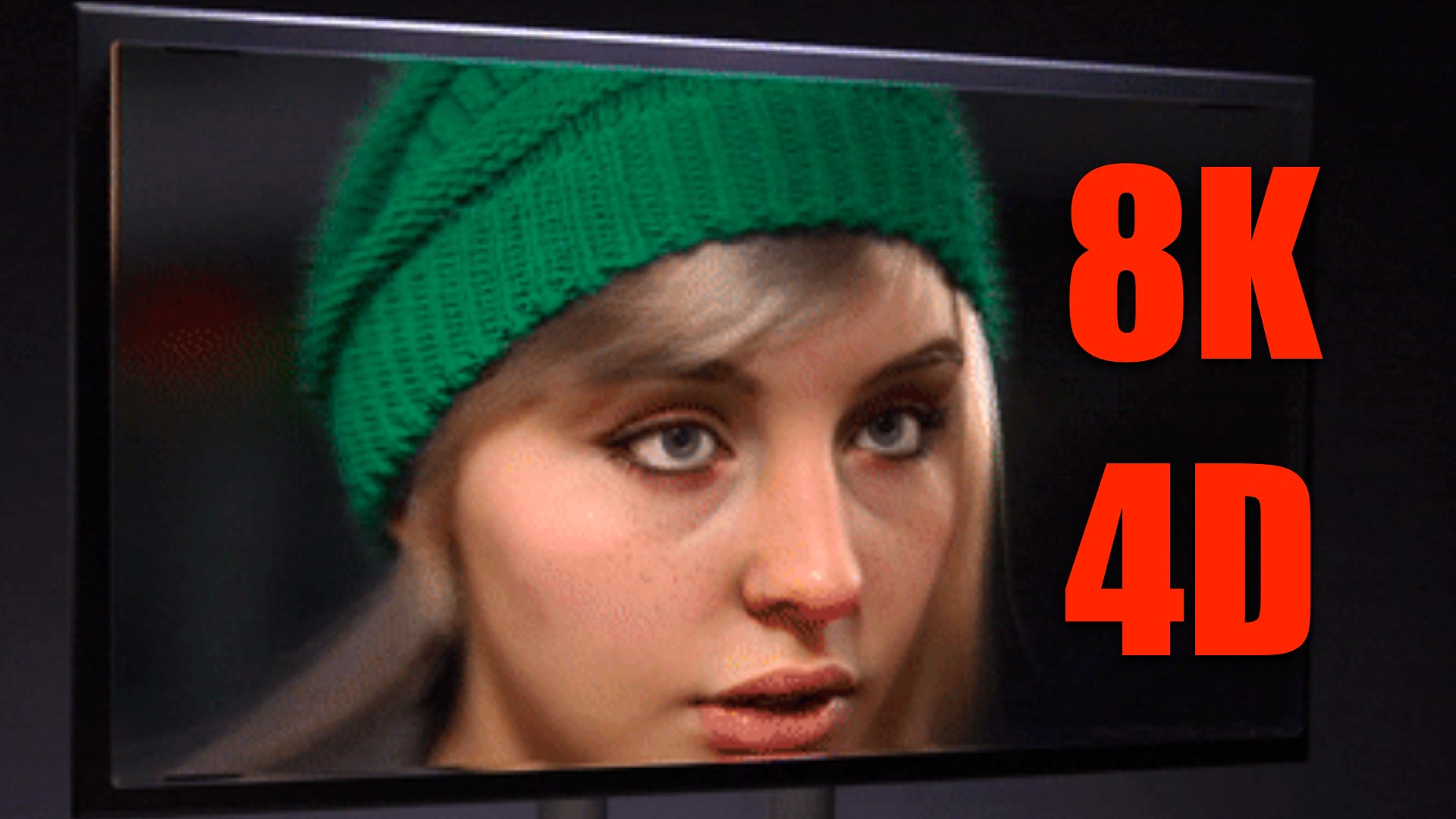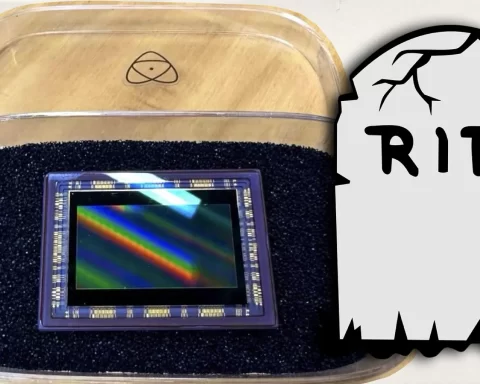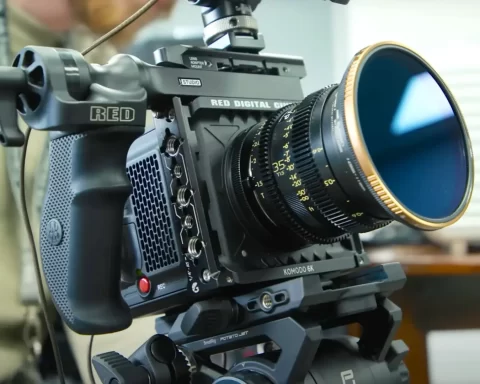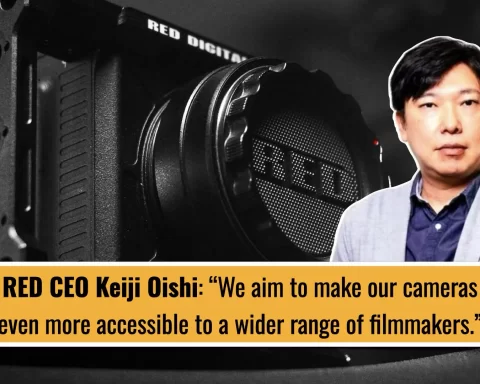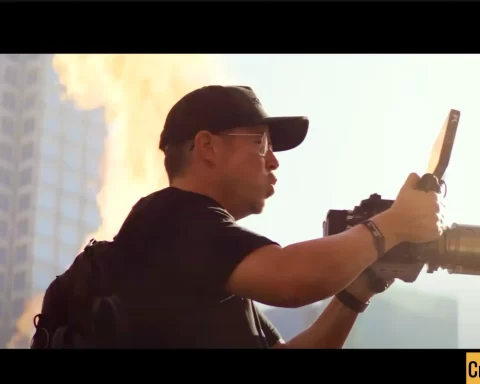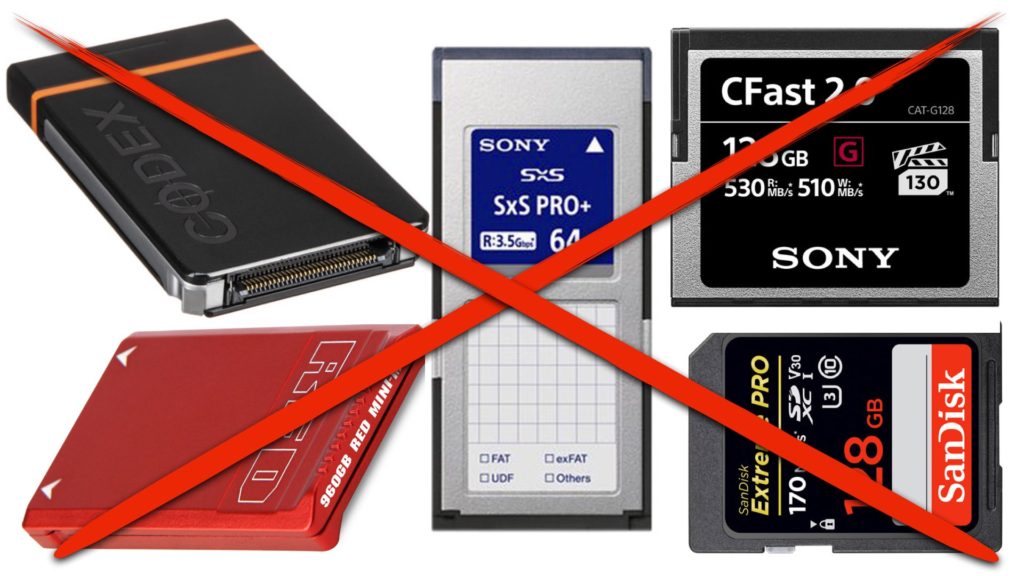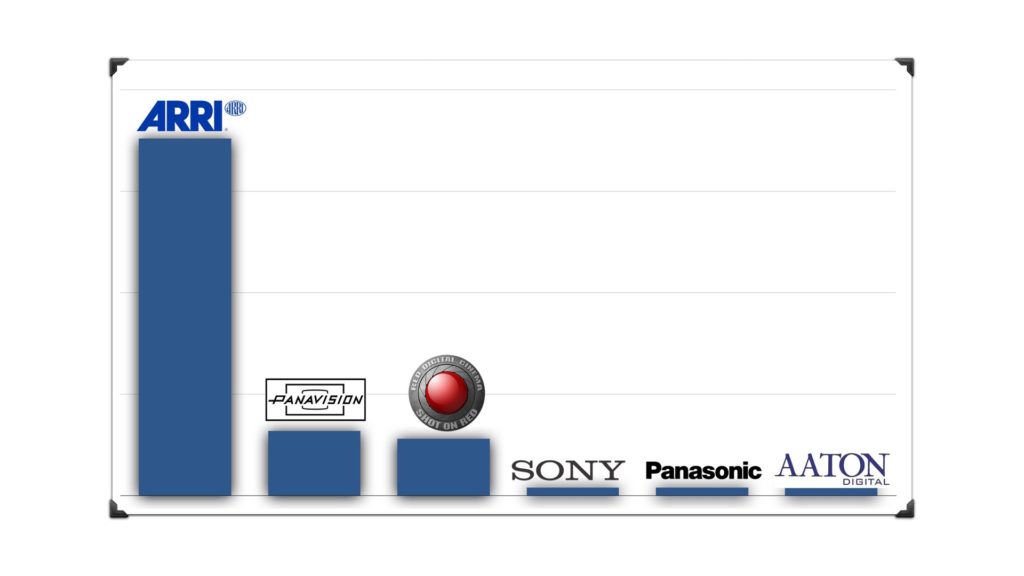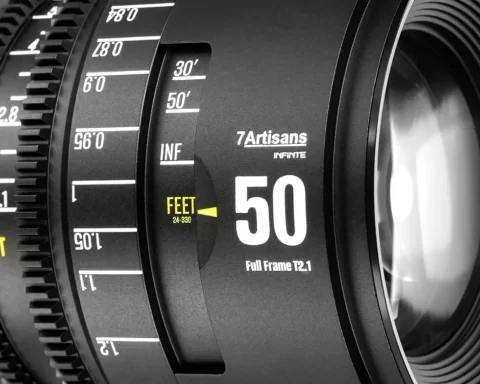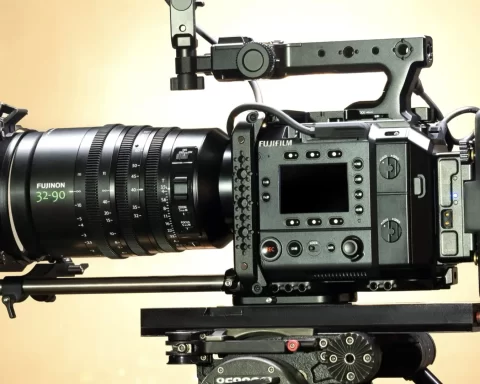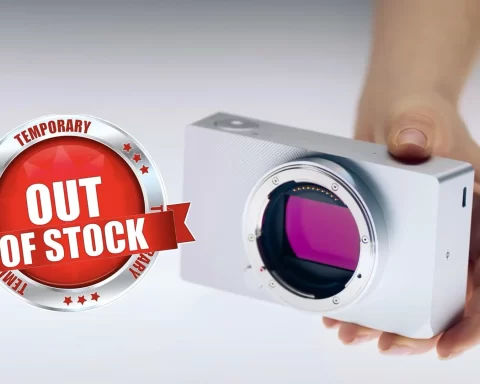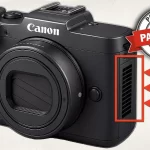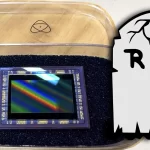Looking Glass 8K Immersive Display is “The world’s largest, highest-resolution holographic display.” The screen allows you the privilege of viewing glasses-free 3D content; no VR headgear needed. It’s like the RED Hydrogen One, but big….very big.
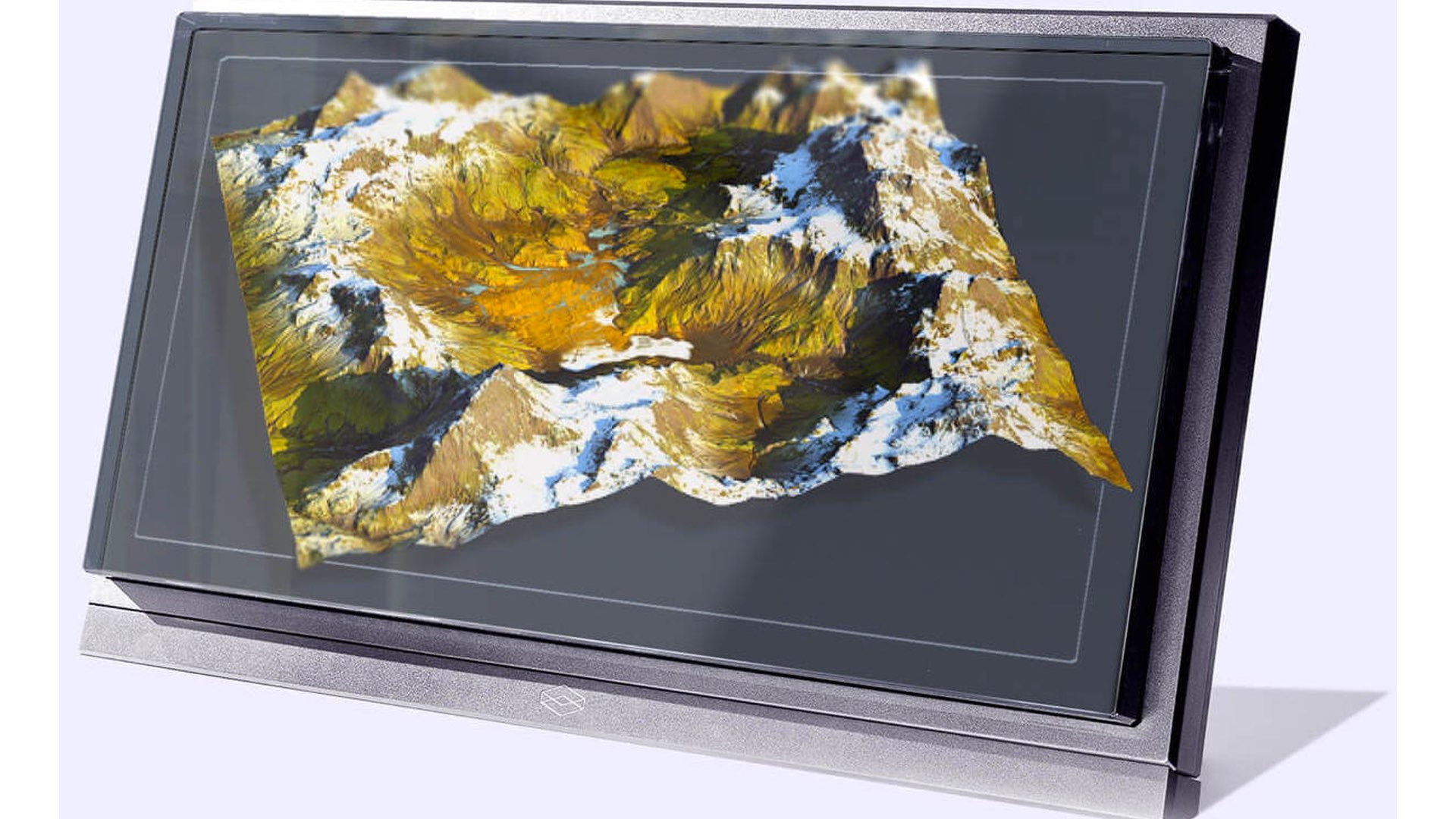
4D and 8K all together: “Holographic Future”
The Looking Glass 8K Immersive Display was presented at Inter BEE 2019 by a company called Looking Glass Factory, which is a company of around 30 people with offices in Brooklyn and Hong Kong. The company defines itself as a group of people dedicated to building the holographic future. According to Crunchbase, this small and young company (founded in 2015) has raised a total funding amount of $14M over three rounds to “Build the Holographic Future.”
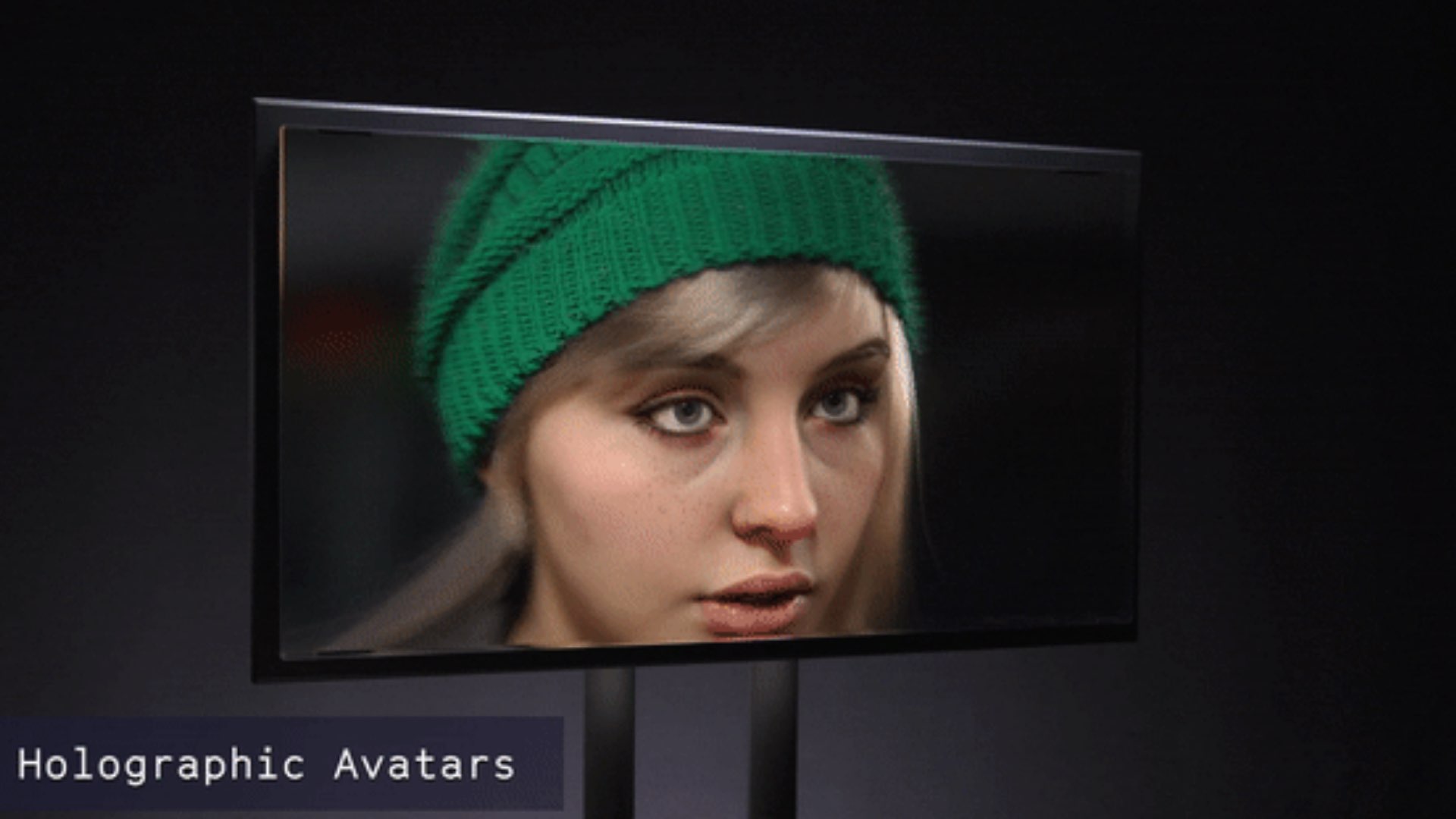
As stated by co-founder Shawn Frayne: “At 32″ in scale, the Looking Glass 8K is four times larger than any group-viewable holographic system that’s come before. It’s built on our proprietary 45-element light field technology, essentially reproducing the color (at over a billion-count color gamut), and directionality of every ray of light that the ordinary matter of our world would reflect or scatter — but in this case without the matter. This means that anything that is natively three-dimensional— whether it’s a 3D medical scan, a complex point cloud of a landscape, or a character from the next Pixar movie — can be displayed in the Looking Glass 8K in super-stereoscopic three-dimensional glory to groups of people. Without requiring a VR or AR headset”.
Check out the demonstration of the Looking Glass 8K Immersive Display below:
The next Pixar movie — can be displayed in the Looking Glass 8K in super-stereoscopic three-dimensional glory to groups of people. Without requiring a VR or AR headset
Shawn Frayne, co-founder of Looking Glass Factor
Patented light field technology
According to the company, the Looking Glass 8K Immersive Display delivers an unparalleled 33.2 million pixels via a patented 45-element light field display with over a billion-count color gamut at 60 HzPowered by patented light field technology. The screen is powered by proprietary 45-element light field technology, generating 45 distinct and simultaneous perspectives of three-dimensional content of any sort. This means multiple people around a Looking Glass are shown different perspectives of that three-dimensional.
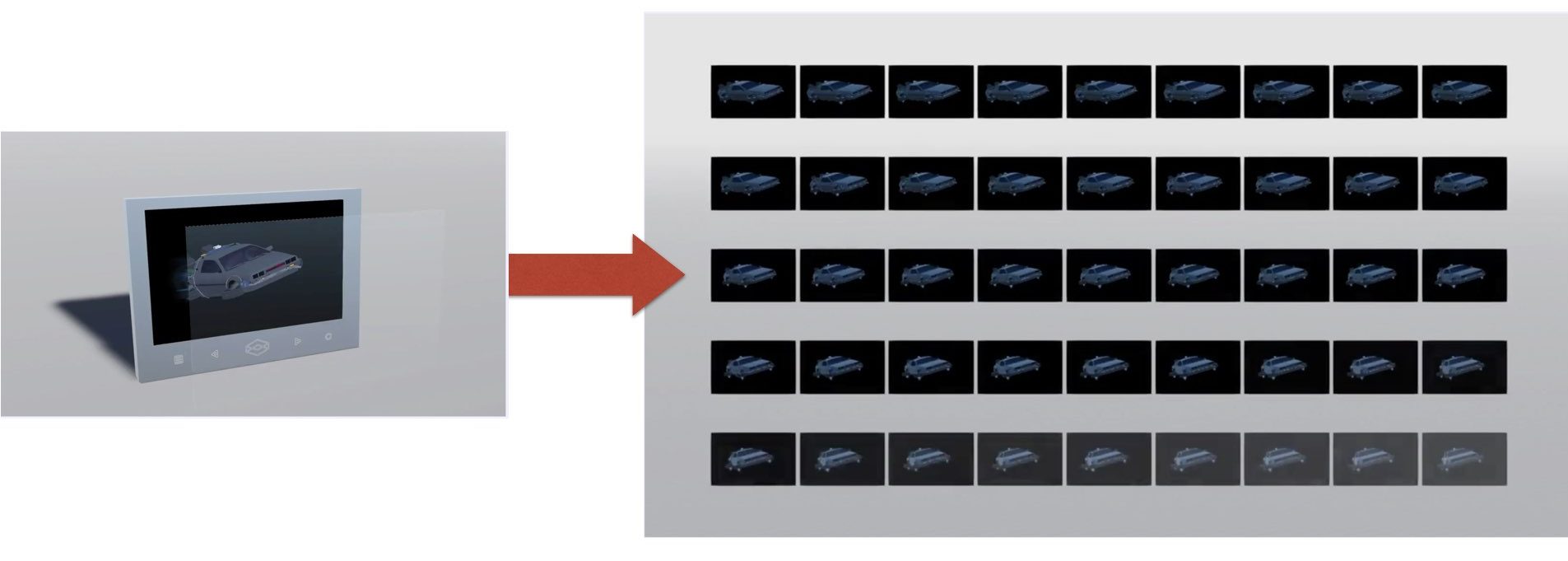
The screen is powered by proprietary 45-element light field technology, generating 45 distinct and simultaneous perspectives of three-dimensional content of any sort
Ecosystem dedicated to holographic imagery
Looking Glass Factory offers a complete ecosystem for developing holographic tools and utilities like SDKs, 3D models importers, community content, tools for creating holographic media, and platform for apps development. Go here to learn more about those software tools.

Not just for filmmakers
The Looking Glass 8K Immersive Display is applied to allow a variety of solutions related to fields like medical visualization, mapping, and surveying, innovative marketing, and of course, media and entertainment. However, the filmmaking community is well familiar with the colossal failure of the 4D holographic innovation of the RED Hydrogen One which offered a similar experience. Thus, it will be interesting to explore the community’s feedback on this product.
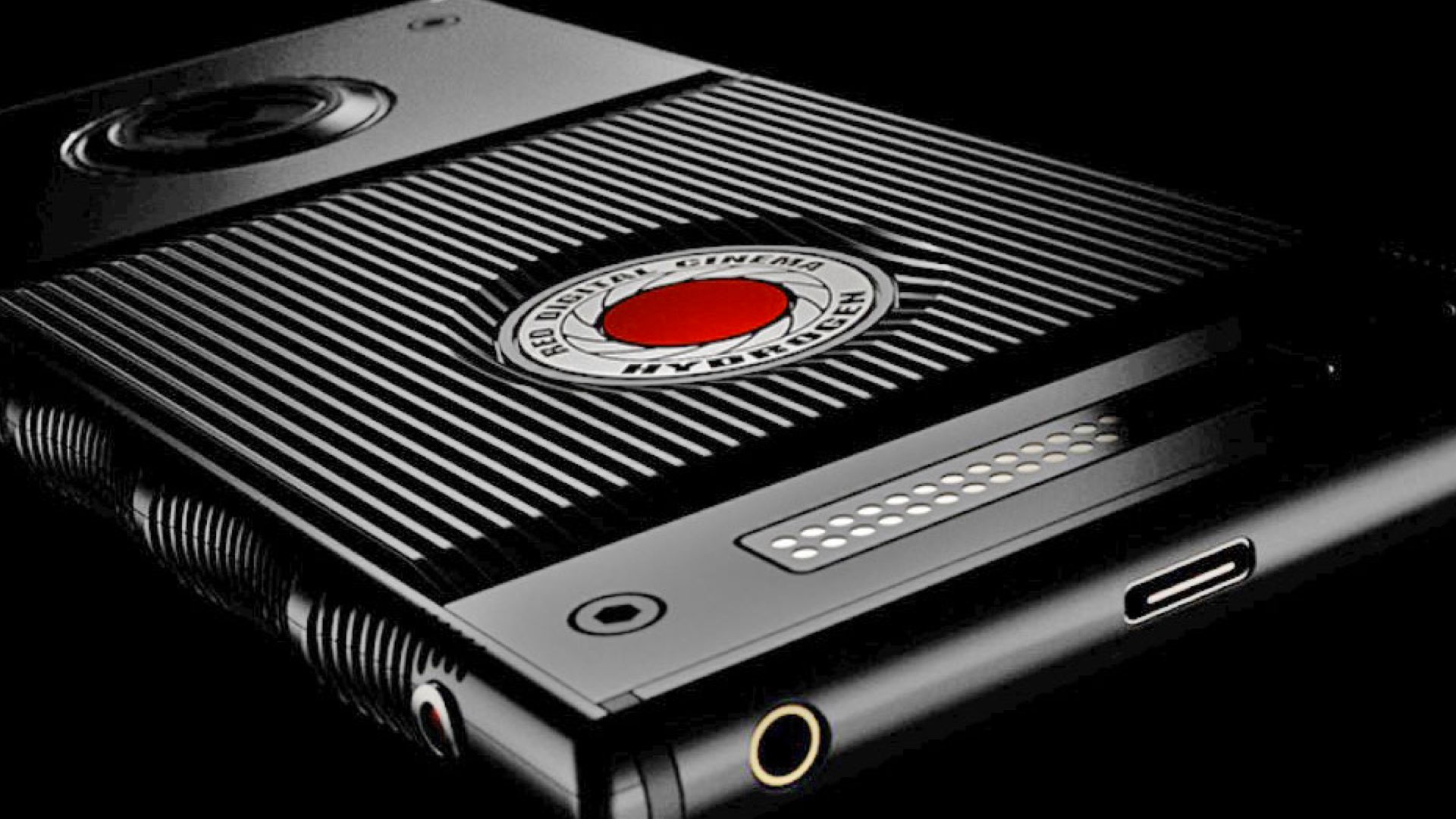
The filmmaking community is well familiar with the colossal failure of the 4D holographic innovation of the RED Hydrogen One which offered a similar experience
Price and availability
The Looking Glass 8K Immersive Display will ship complete with a computer capable of rendering holographic content, and a Leap Motion sensor to respond to the viewer. The startup has yet to release pricing for the product, with Frayne only suggesting that it will cost more than the company’s current 15.6-inch display that retails for $6000. “It’s an enterprise-level product…While the first advanced beta run of the Looking Glass 8Ks has sold out, starting pre-orders today are being accepted for the next production batch shipping Spring 2020,” says co-founder Shawn Frayne. It means, there is a big question mark regarding the price.
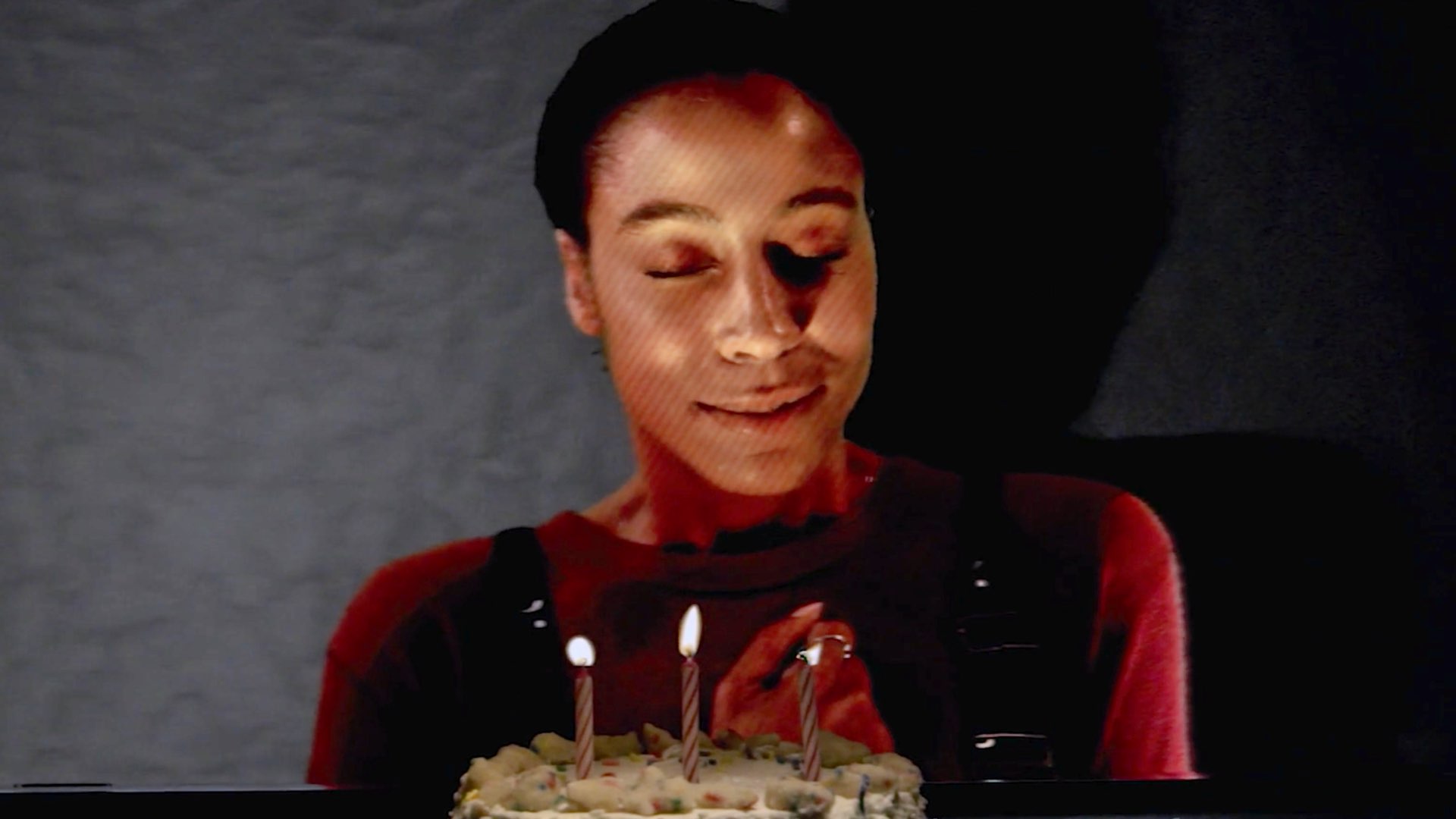
Filmmakers didn’t like 4D imagery. For some reason, it hasn’t been accepted as a cool viewing experience
Final thoughts
As said, the Looking Glass 8K Immersive Display reminds us of RED’s R.I.P Hydrogen One, which raises the question if the filmmaking community would embrace this product. However, it’s important to emphasize that Hydrogen One main bottleneck was developing issues related to cellular components (Head here to read our analysis). Furthermore, filmmakers didn’t like 4D imagery. For some reason, it hasn’t been accepted as a cool viewing experience. Nevertheless, I do think that the 8K display is a whole new ballgame compared to a smartphone.
What do you think? Do you predict the Looking Glass 8K Immersive Display will be embraced by filmmakers and professional content creators? Let’s know your insights in the comment section below.

